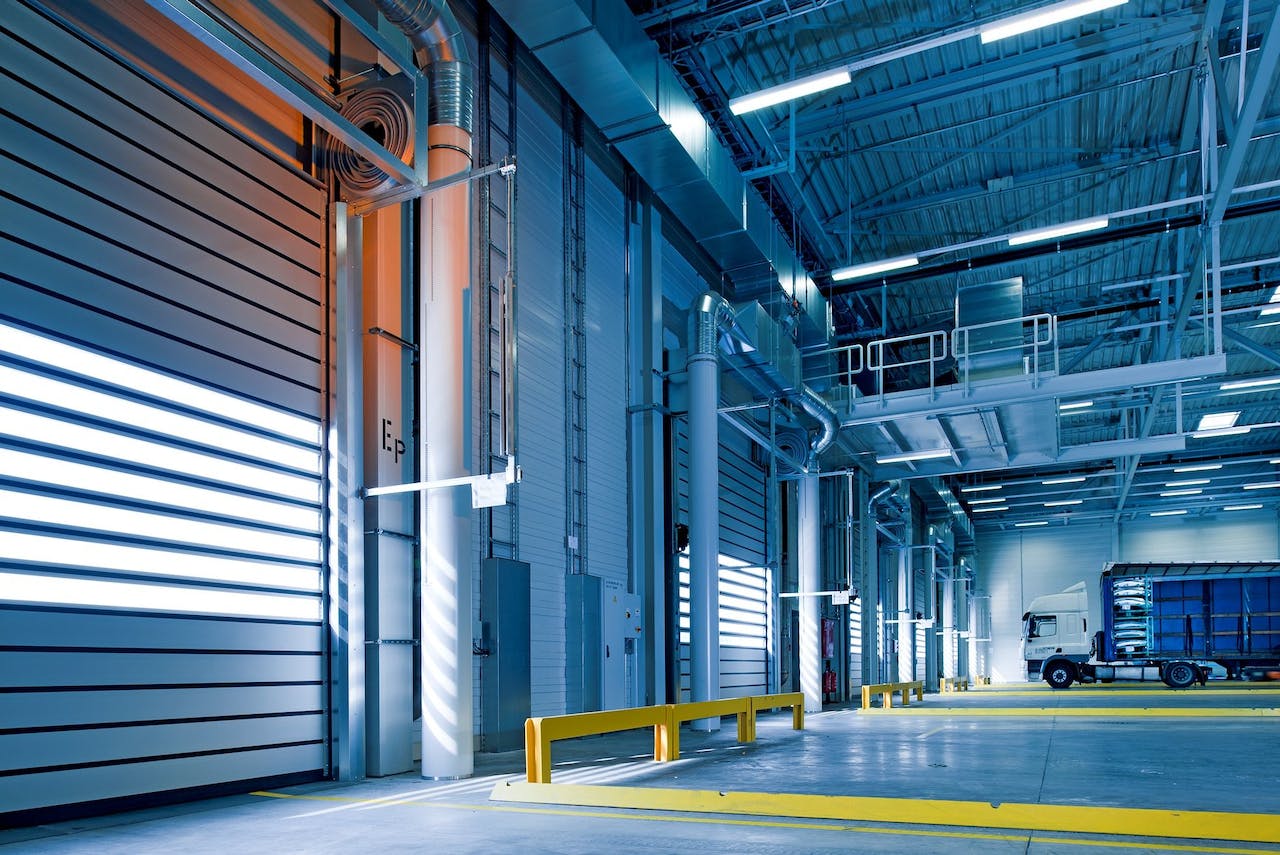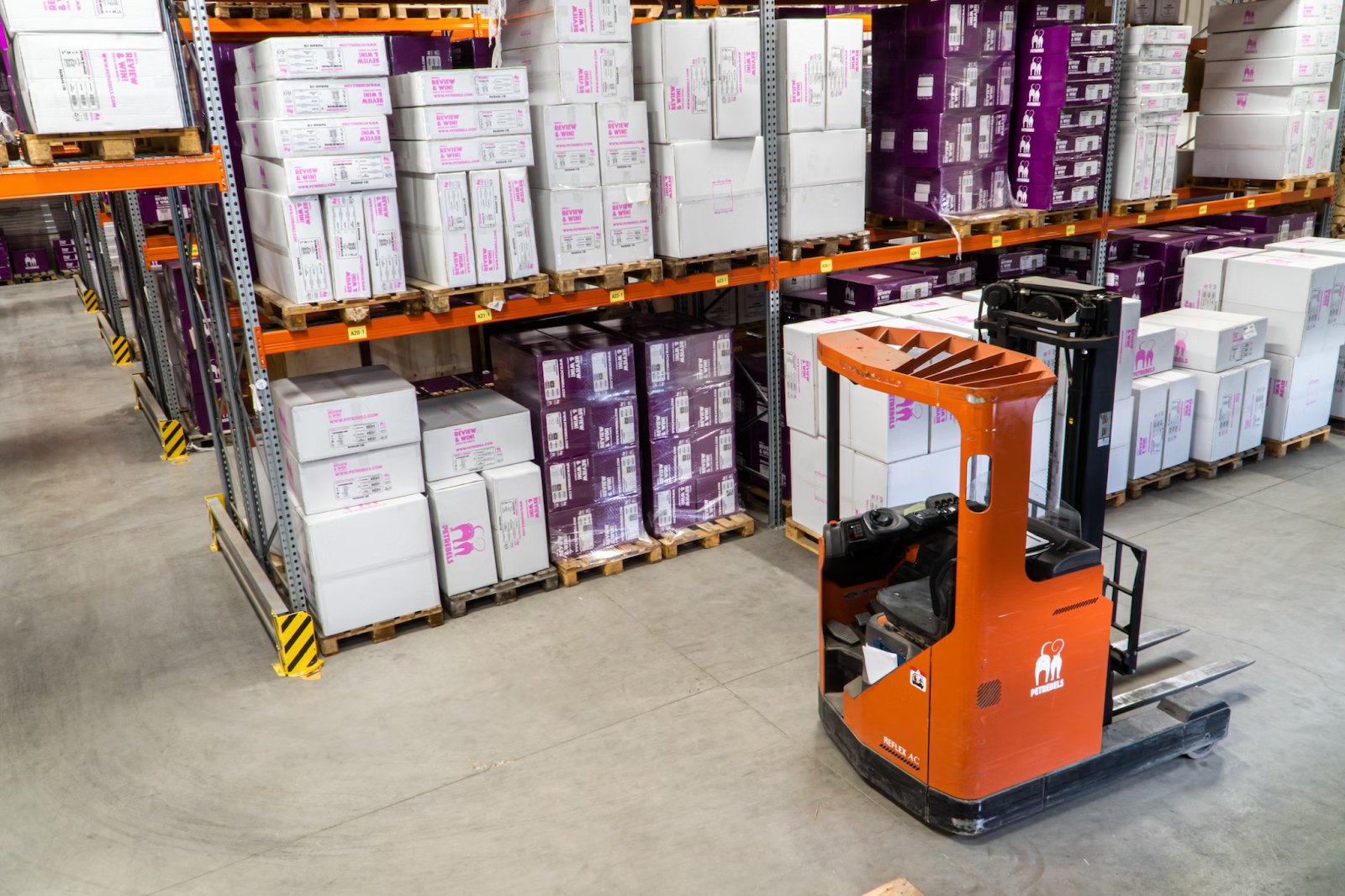Comments
- No comments found

Warehouses come in all forms and styles, but what tends to unite their disparate uses is the need for efficiency, safety, and productivity.
However, for most novice entrepreneurs who have managed to step up their game and invest in warehouse space, knowing how to run one correctly can be a challenge that can seem a step too far. Nonetheless, with the right guidance, an understanding of how these complex components of the mysterious supply work will come thick and fast over time. This article aims to illuminate the primary elements that go into running a successful warehouse in order to ensure you save money, remain in compliance with health and safety statutes, and ultimately level up your business as frictionlessly as possible.

Optimizing storage for space is perhaps the most crucial aspect of running a warehouse, right alongside inventory magnet and safety (both of which are referred to later in the post). By carefully configuring aisles and storage locations, warehouses can drastically increase inventory capacity within the same walls, resulting in a cutting of costs and an increase in revenue. Pallet racking is most commonly used for its configurability and ability to utilize space in all dimensions. You can learn more about pallet racking from Tiger Material Handling, as well as other sources, but the crux is that you can stack your products both high and wide while still making them efficient in regards to storage but safe enough to move around freely. For companies in tight urban locations or with limited capital, high-density storage is essential, ensuring the most inventory turns per year and keeping cash flowing. In an era of razor-thin fulfillment windows, every cubic foot of storage real estate has profit-making potential as long as you utilize the correct solutions.
A highly-optimized floor plan cuts down on non-value-added traffic between work areas. With careful zoning of docks, storage locations, packing stations, and other functions, workers spend less time on the move and more time performing tasks that result in profit. Strategic aisle widths and clear travel lanes also ensure a smooth flow of carts, forklifts, and workers across the warehouse without bottlenecks. Goods can move more dynamically from receiving to storage to shipping. With every minute counted, distribution centers rely on layouts that put products and tasks within easy reach, thereby making it vital to get this aspect right when setting out the structure of your warehouse.
When operating a warehouse, efficiency is the key. In fact, in most instances, it's the alpha and omega, and anything less than a seamless operation will result in lost revenue and reputation damage. Careful tracking of stock levels and demand patterns allows warehouses to optimize space allocation. Slow-moving items no longer crowd out fast sellers, which generates more revenue per unit of storage. As you might have gleaned by now, this, along with every other component of warehouse operations, is very tightly connected, and one part without another can cause a highly efficient process to seize up and fall apart.

There is almost no part of modern business that has remained untouched by the invisible hand of both AI and ML, not to mention the plethora of other technologies that have emerged over the past few decades to enhance workflows. Warehousing is no different and has actually embraced wholeheartedly different technologies that enable a far more productive workspace. Their digitized inventory records and analytics help workers find items faster, reducing time spent searching high and low. Automated inventory updates also mean fewer mistakes from manual tracking. As competition heats up and globalization increases (regardless of what any politician might say, it's still a thing), tech will play an ever greater role and undoubtedly become even further integrated into activities.
Along with all the various measures used to improve, enhance, and eventually increase revenue, employee safety is right up there. Consequently, a final but no less critical component of running a successful warehouse involves developing an in-depth employee training regime that covers not only operational aspects but also how to stay safe when working in and around dangerous spaces. Moreover, unlike setting up your storage palettes for optimal efficiency, this is an ongoing thing and involves annual sessions where training is updated for employees to retain what they've learned and keep them updated on the latest rules and regulations surrounding this type of work.
Running a successful warehouse operation requires a lot of moving parts. However, those who optimize their operations holistically with a focus on people, processes, inventory, and data-driven automation will find the most tremendous success.
Leave your comments
Post comment as a guest